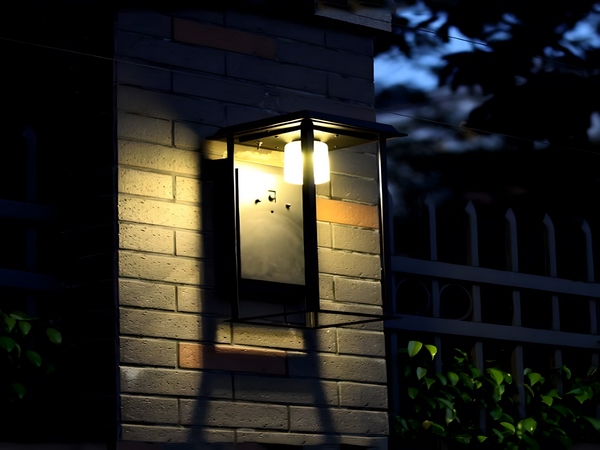
Solar street lights can harness energy from sunlight through solar panels and convert it into electrical energy, which is stored in battery packs for later use. Currently, they have wide applications in urban and rural roads. However, with the arrival of winter, days get shorter, and nights become longer, especially in northern regions where strong winds and limited sunlight prevail. In such low-temperature conditions, what issues may arise when using solar street lights? Let’s explore this with the help of Century Sunshine Lighting.

Possible issues when using solar street lights in low temperatures include the following:
1. Decreased brightness or complete failure of solar street lights
Continuous heavy snowfall can lead to a large area of snow covering or completely obscuring solar panels. It is well known that solar street lights rely on solar panels to absorb light and use the photovoltaic effect to store electrical power in lithium batteries. If the solar panels are covered in snow, they will not receive any sunlight and, consequently, will not generate electricity. Without clearing the snow, the charge in the lithium batteries of the solar street lights will gradually deplete to the point of failure, resulting in dimmer lights or no light at all.
2. Decreased stability of solar street lights
This issue arises because some solar street lights use lithium iron phosphate batteries, which do not perform well in low temperatures. In a low-temperature environment, their stability diminishes. Persistent heavy snowfall inevitably leads to a significant drop in temperature, contributing to this problem.
The aforementioned issues regarding the use of solar street lights in low temperatures are shared here.

However, these situations do not indicate a quality problem with solar street lights themselves; they will naturally resolve after the heavy snowfall has passed, so there is no need for concern.



